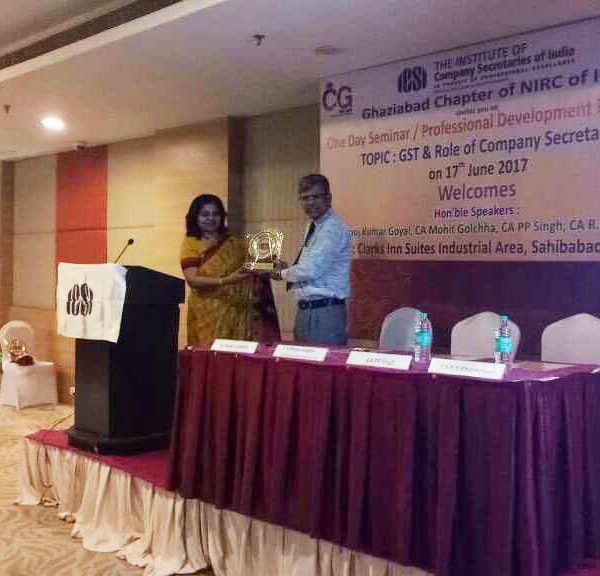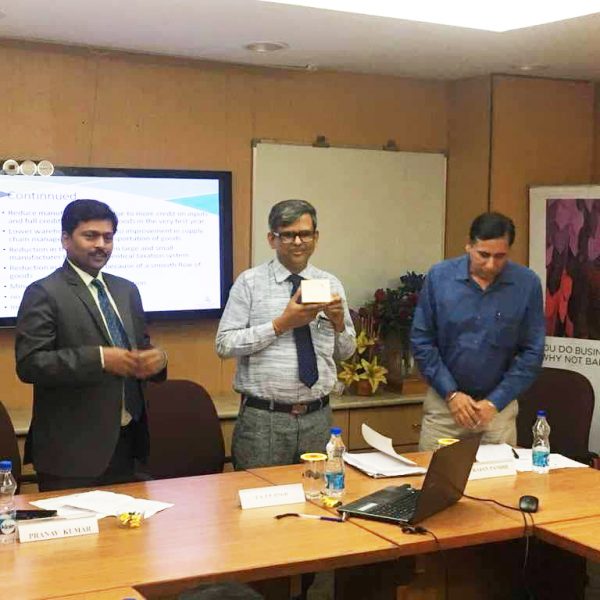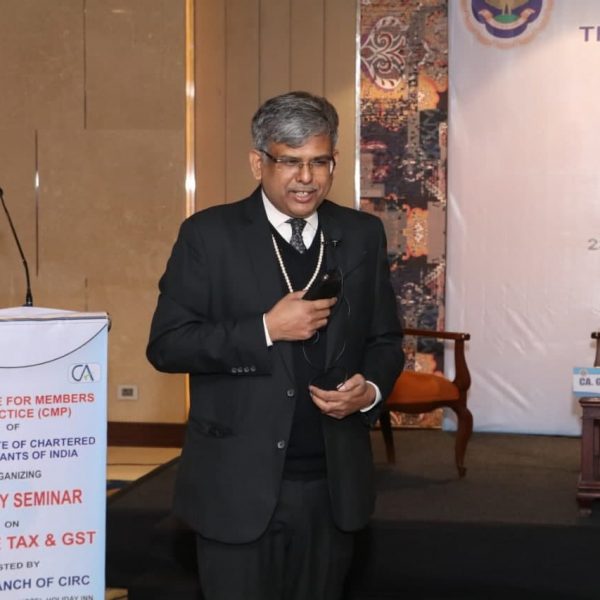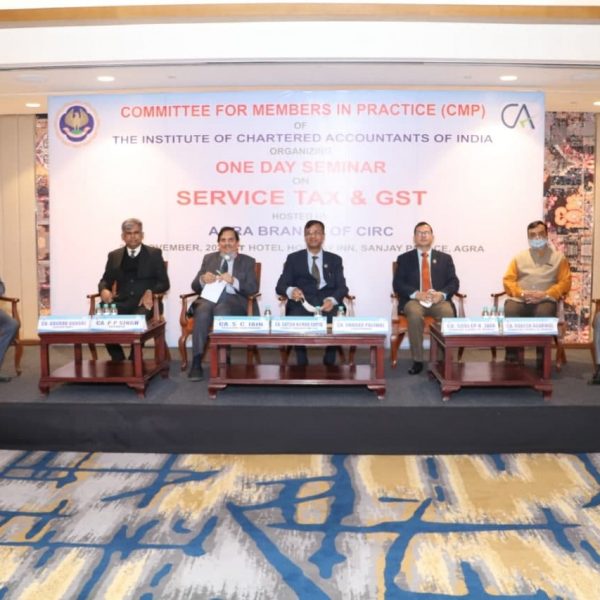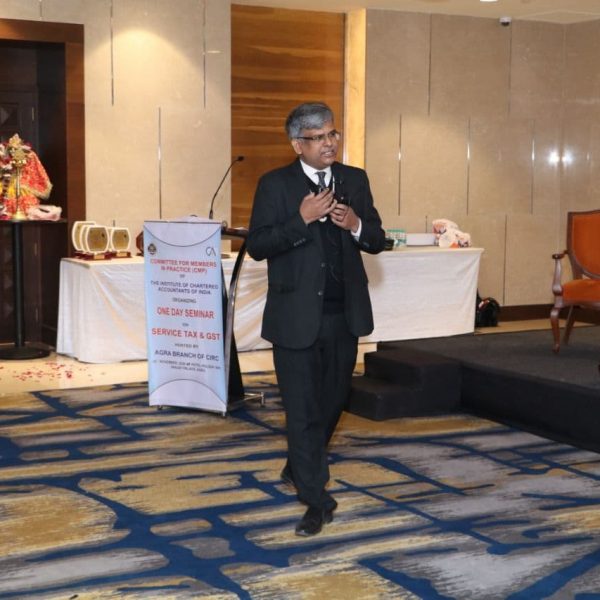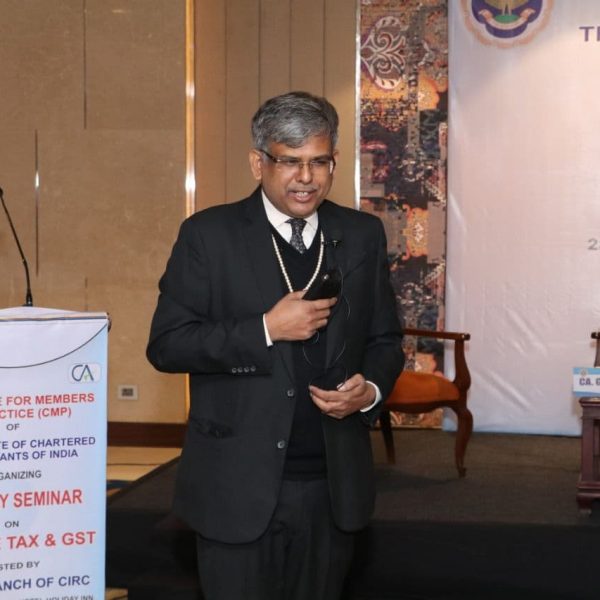The burden of proof under the Indian Evidence Act and tax laws:
Introduction: in this article effort has been made to understand the basic provisions of the Indian evidence act pertaining to persons on whom there is the burden of proof, especially with reference to tax laws. Sometimes burden on the taxpayers whereas in a few cases, the onus shifts from the taxpayer to tax officers and vice versa. it is important for those handling tax litigations. In this article, firstly bare provisions with the illustration under the act itself mentioned duly supported by example to understand applicability in tax laws. Hope this will be beneficial to all and helpful in understanding the provisions of the Indian evidence act
The burden of proof. Section 101
Whoever desires any Court to give judgment as to any legal right or liability dependent on the existence of facts which he asserts, must prove that those facts exist. When a person is bound to prove the existence of any fact, it is said that the burden of proof lies on that person. In other words, the burden of proof is on a person approaching the court for any legal right in his favour on the existence of a particular fact.
Illustration:
(a) A desires a Court to give judgment that B shall be punished for a crime which A says B has committed. A must prove that B has committed the crime.
(b) A desires a Court to give judgment that he is entitled to certain land in the possession of B, by reason of facts which he asserts, and which B denies, to be true. A must prove the existence of those facts.
Example: a person claiming a refund of tax based on export, has to prove the fact that goods exported and other eligibility conditions for the claim of refund. Similarly, a person claiming exemptions from tax in a tax dispute has to proof in a court of law that he is satisfying eligibility conditions of exemptions and no tax liability on such person.
On whom the burden of proof lies. Section 102
The burden of proof in a suit or proceeding lies on that person who would fail if no evidence at all were given on either side.
Illustration: (b) A sues B for money due on a bond.
The execution of the bond is admitted, but B says that it was obtained by fraud, which A denies. If no evidence were given on either side, A would succeed, as the bond is not disputed and the fraud is not proved. Therefore the burden of proof is on B.
Example:
suppose in appellate proceedings of a tax matter no evidence from either side, the appellant will fail so the burden of proof on the appellant. Say in the dispute of claim of refund by an assessee of income tax, if no evidence from either side, no refund will be allowed to the assessee so burden on the person claiming a refund.
The burden of proof as to a particular fact. Section 103
The burden of proof as to any particular fact lies on that person who wishes the Court to believe in its existence unless it is provided by any law that the proof of that fact shall lie on any particular person. In other words burden of proof is on a person who wants from court to believe a particular fact unless the law otherwise requires it.
Illustration
(b) B wishes the Court to believe that, at the time in question, he was elsewhere. He must prove it. Plea of alibi where the offender takes arguments that he was not at the place of crime, he was elsewhere at that time.
Example:
- Suppose a company is charged for tax avoidance in GST/Income-tax by way of supply of goods without invoice and he wants the court to believe that there was no such offence, burden on him to prove that no tax avoidance steps were taken and supply was duly supported by invoice, e-way bill, recording of supply in books of account, confirmation from other side, statements of a transporter, the payment received in the bank, etc to justify the legitimacy of transactions.
- Suppose a person has claimed depreciation but AO has disallowed and the matter is before the court then burden on the assessee claiming depreciation that he satisfies all the conditions for claiming depreciation of the Income-tax tax law under section 32 read with rules.
The burden of proving fact necessary to make evidence admissible. Section 104
The burden of proving any fact necessary to be proved in order to enable any person to give evidence of any other fact is on the person who wishes to give such evidence. Admissibility of evidence depends upon certain prior facts and evidence can be admitted only if prior facts are proved.
Illustration
(a) A wishes to prove a dying declaration by B. A must prove B’s death.
(b) A wishes to prove, by secondary evidence, the contents of a lost document.
Example:
- Admissibility of additional evidence under rule 46A, the appellant has to prove any of the situations mentioned in rule 46A such as situations beyond control or evidence not in possession or notice not served and the assessee was not aware that the assessment proceeding going on resulted in best judgment assessment.
- Demand and recovery of tax from legal heir only in the case of death of an individual assessee.
The burden of proving the case of the accused comes within exceptions. Section 105
When a person is accused of any offence, the burden of proving the existence of circumstances bringing the case within any of the General Exceptions in the Indian Penal Code (45 of 1860), or within any special exception or proviso contained in any other part of the same Code, or in any law defining the offence, is upon him, and the Court shall presume the absence of such circumstances.in other words act of the accused is saved by any of the exceptions, the burden to prove on the accused himself.
Illustration
(a) A, accused of murder, alleges that, by reason of unsoundness of mind, he did not know the nature of the act. The burden of proof is on A.
(b) A, accused of murder, alleges that, by grave and sudden provocation, he was deprived of the power of self-control. The burden of proof is on A.
Example:
- As per section 274 of the Income Tax Act, if there is reasonable cause for non-compliance, no penalties under income tax and such reasonable cause has to be proved by the assessee on whom the penalty is imposed.
- Suppose GST is collected from customers but not deposited beyond 3 months and penalties imposed, he has to prove reasonable cause for delay in deposit of such issue in bank operations such as bank account attached or death of person operating bank, etc.
The burden of proving facts, especially within knowledge. section 106
When any fact is especially within the knowledge of any person, the burden of proving that fact is upon him.
Illustration
(a) When a person does an act with some intention other than that which the character and circumstances of the act suggest, the burden of proving that intention is upon him.
(b) A is charged with traveling on a railway without a ticket. The burden of proving that he had a ticket is on him.
Example: A person booked under section 74 of the CGST/SGST for short payments of GST then he has to prove that there was no intention to evade payments of GST, under bonafide believe of exemptions. He has neither charged GST nor collected GST from the customers and due to this reason he has not deposited so as to avoid penalties and prosecution under GST.
The burden of proving the death of a person known to have been alive within 30 years. Section 107
When the question is whether a man is alive or dead, and it is shown that he was alive within 30 years, the burden of proving that he is dead is on the person who affirms it.
Example: while issuing notice under income tax law unless information of death is brought before AO, AO presumes that the assessee is alive and if he is no more his/her legal heir has to prove his death by the way of certain evidence such as a death certificate, etc.
The burden of proving that person is alive who has not been heard of for 7 years. Section 108.
Provided that when the question is whether a man is alive or dead, and it is proved that he has not been heard of for 7 years by those who would naturally have heard of him, if he had been alive, the burden of proving that he is alive is shifted to the person who affirms it.
Note: it is one of the conditions for divorce under section 13 of the Hindu Marriage Act. Spouses making applications for divorce under this ground burden to prove that he/she is still alive on the other party.
Example: no clubbing provisions of income tax law once a divorce is proved on such ground or assessee claiming no clubbing under the ground that he/she has not heard other spouse for last 7 years and application for divorce on that ground is pending before the family court.
The burden of proof as to relationship in the cases of partners, landlord and tenant, principal and agent. Section 109
When the question is whether persons are partners, landlord and tenant, or principal and agent, and it has been shown that they have been acting as such, the burden of proving that they do not stand, or have ceased to stand, to each other in those relationships respectively, is on the person who affirms it. In other words burden of proof is on the person who claims that no such relationship exists.
For example: if AO treats that no such relationship exists, then AO has to prove that such relationships cease to exist or no such relation was there ever. For example, the assessee has claimed rental income based on landlord-tenant relationships and claim deduction under section 24 (b) for repair and collection charges @ 30% but AO doesn’t accept and change the nature of the receipt. It is AO to prove that no such tenancy relationships continue.
The burden of proof as to ownership. Section 110.
When the question is whether any person is the owner of anything of which he is shown to be in possession, the burden of proving that he is not the owner is on the person who affirms that he is not the owner. In other words, the person in possession is presumed to be the owner unless otherwise proven.
Example: suppose a person is in possession of a house property and offers rental income under income tax claiming deduction @30% under section 24(b) but AO wants to deny the deduction claimed and wants taxes under another head of income then AO has to prove that he is not the owner of building by way of contrary evidence.
Proof of good faith in transactions where one party is in relation of the active confidence of the other. Section 111
Where there is a question as to the good faith of a transaction between parties, one of whom stands to the other in a position of active confidence, the burden of proving the good faith of the transaction is on the party who is in a position of active confidence.
Illustrations
(a) The good faith of a sale by a client to an attorney is in question in a suit brought by the client. The burden of proving the good faith of the transaction is on the attorney.
(b) The good faith of a sale by a son just come of age to a father is in question in a suit brought by the son. The burden of proving the good faith of the transaction is on the father.
Note: applicable in the law of contract to make the contract induced by undue influence and therefore voidable under section 19A on such ground that it was under the undue influence as per section 16 of the Indian contract act.
Conclusion: Best effort has been to explain the provisions of the Indian Evidence Act keeping in mind the provisions of tax laws. Hope it will be beneficial to the readers and if any further clarifications/suggestions are required they can approach cappsingh@gmail.com. we feel grateful for the comments and suggestions.

